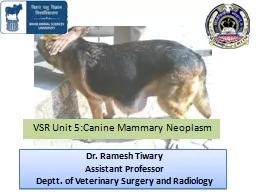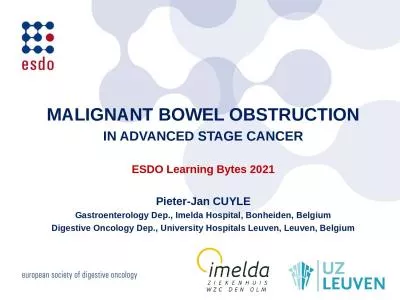PPT-Malignant Tumors Rahaf
Author : genevieve | Published Date : 2022-06-15
Jreisat Approach History Age most primary lesions appear in childhood and adolescence while lesions in elderly are usually metastatic Pain indicates nature and
Presentation Embed Code
Download Presentation
Download Presentation The PPT/PDF document "Malignant Tumors Rahaf" is the property of its rightful owner. Permission is granted to download and print the materials on this website for personal, non-commercial use only, and to display it on your personal computer provided you do not modify the materials and that you retain all copyright notices contained in the materials. By downloading content from our website, you accept the terms of this agreement.
Malignant Tumors Rahaf: Transcript
Download Rules Of Document
"Malignant Tumors Rahaf"The content belongs to its owner. You may download and print it for personal use, without modification, and keep all copyright notices. By downloading, you agree to these terms.
Related Documents














